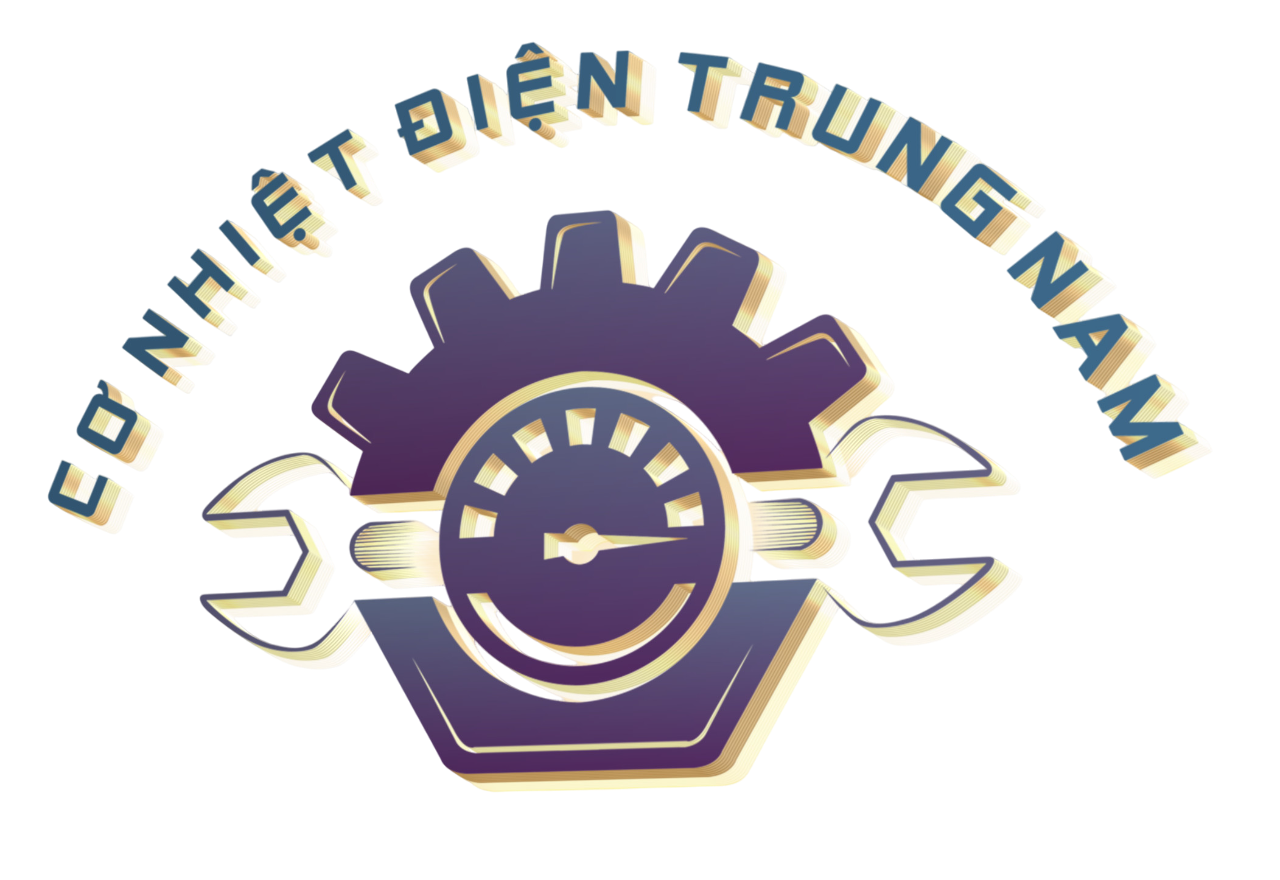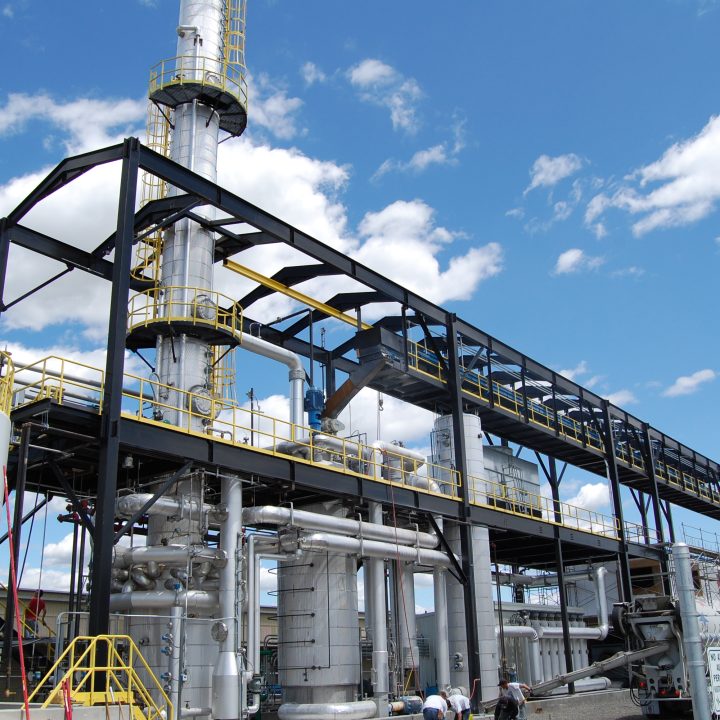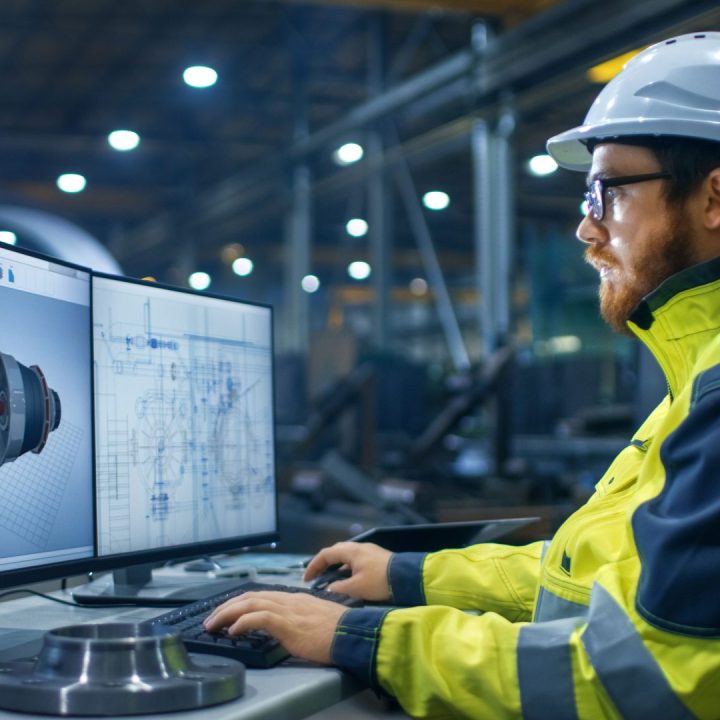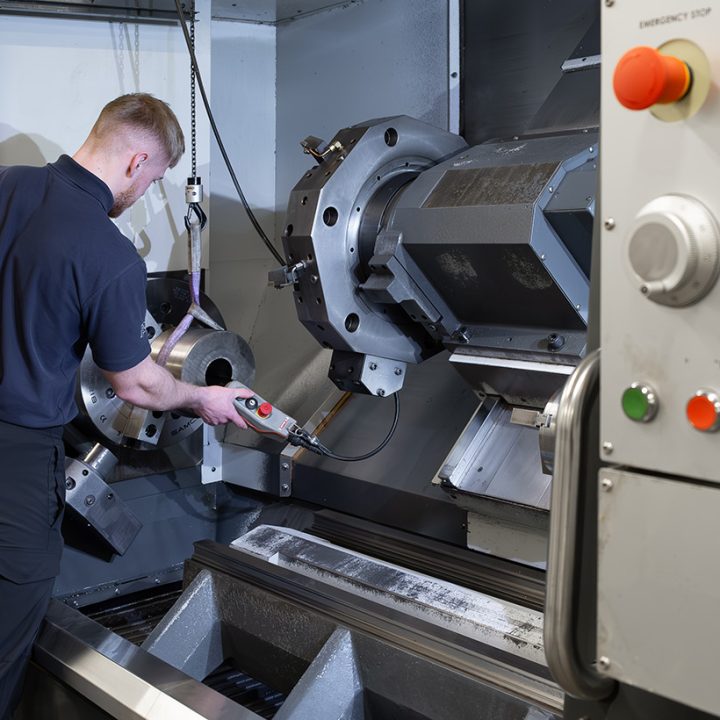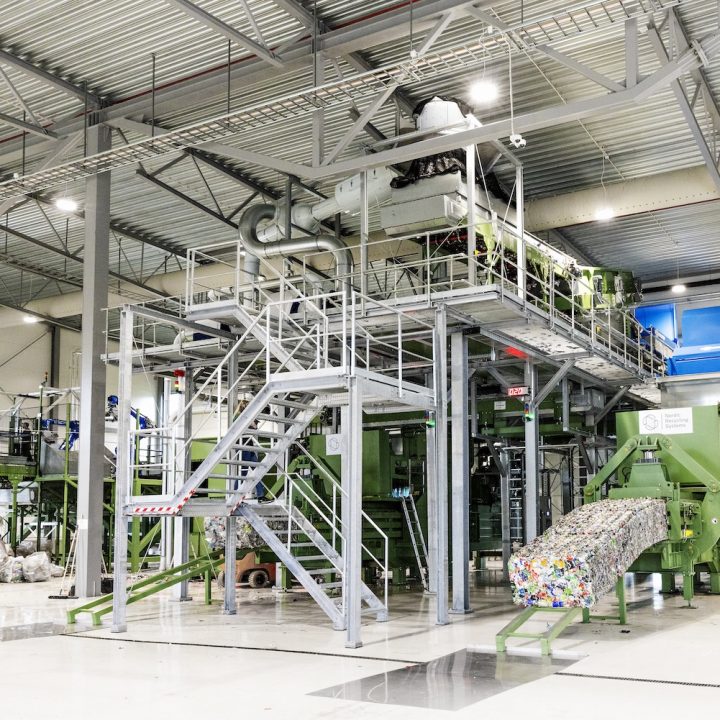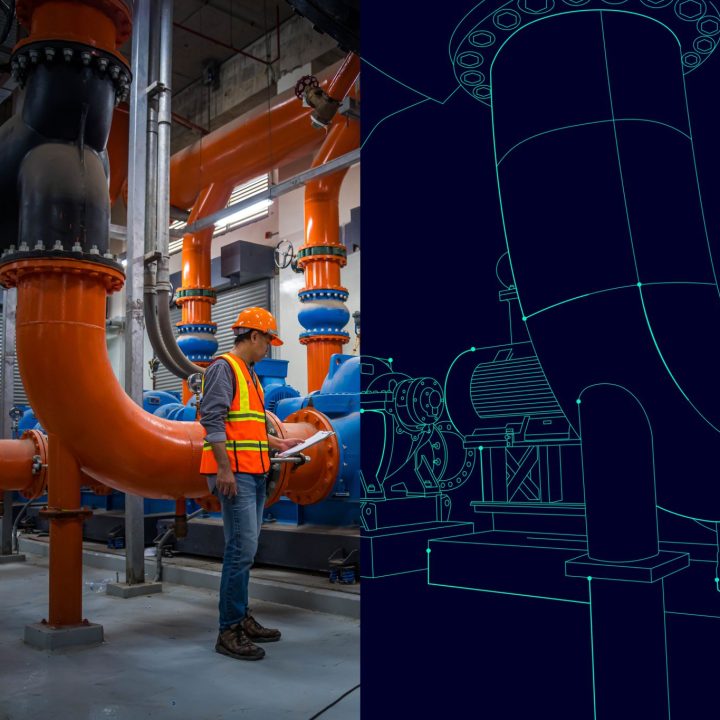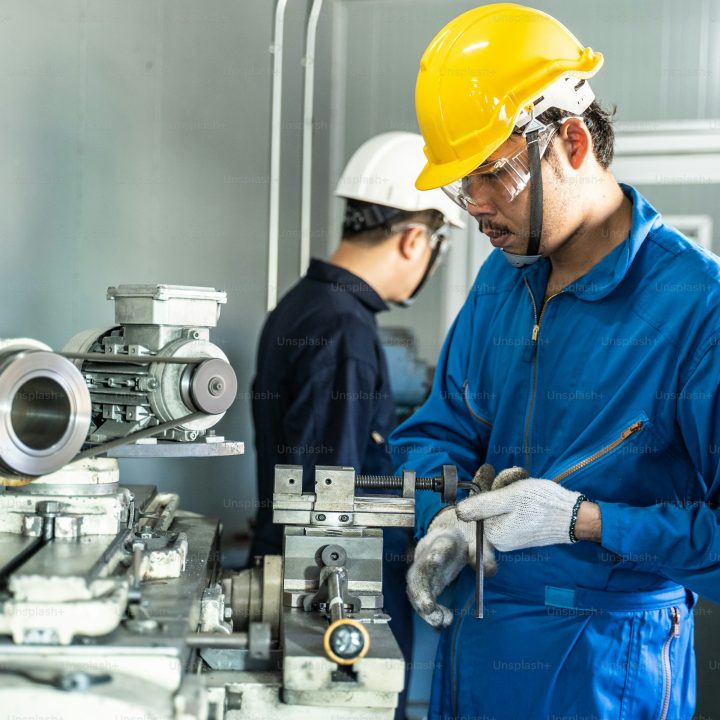Learning from Japan’s efficient waste incineration methods
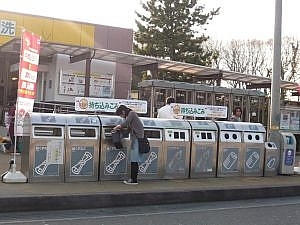
In the 1990s, Japan—particularly its capital Tokyo—faced serious challenges related to waste treatment and environmental sanitation. Rapid economic growth and urban population booms caused severe environmental degradation, with waste generation reaching a record high of up to 13,000 tons per day.
The city took strong measures to tackle the problem, urging residents to reduce waste, recycle, and reuse through the “3R Campaign.” Tokyo also invested billions of dollars in building a vast network of waste collection and treatment plants, enforcing strict waste segregation at the source, and imposing heavy penalties on those who violated regulations.
The waste treatment process in Tokyo follows three main steps: crushing – compacting – incinerating. After being collected, waste is crushed and compressed into equal-sized blocks, which optimizes furnace space and reduces time and labor. Certain chemicals are added to neutralize toxic gases released during incineration. As a result, emissions from these massive waste incineration plants are mostly water vapor, posing little to no threat to human health.
Japan’s waste management success story begins at the household level, with citizens’ strong awareness of waste separation and proper disposal. The incineration process itself employs **CFB (Circulating Fluidized Bed)** technology—a method in which waste is mixed with a sand layer, then incinerated using high air flow and specific chemicals to achieve complete combustion. Inside the furnace, waste circulates continuously, allowing even the most stubborn materials to be destroyed rapidly.
Moreover, this technology significantly reduces harmful emissions such as NO and NO₂, while maintaining a lower operational cost compared to other methods. The heat generated from incineration is also utilized for electricity production.
Thirty years ago, most of Japan’s waste was sent to landfills or dumped illegally, with only about 5% recycled. Today, only **1.2%** of Japan’s urban waste ends up in landfills. The country recycles **20%**, while the majority—about **70%**—is incinerated to generate electricity. This is remarkably high compared to the **13%** of waste-to-energy incineration in the United States.
Japan has also innovatively repurposed landfills by transforming them into artificial islands, which act as massive “natural air conditioners,” cooling sea breezes before they enter urban Tokyo.
Japan’s waste incineration technology stands out as one of the most practical and effective approaches for sustainable waste management today.
> According to Ho Chi Minh City’s Department of Natural Resources and Environment, the city is also prioritizing a transition from landfill disposal to incineration. The goal is to reduce landfill waste from 76% to 50% by 2020, and to just 20% by 2025.
